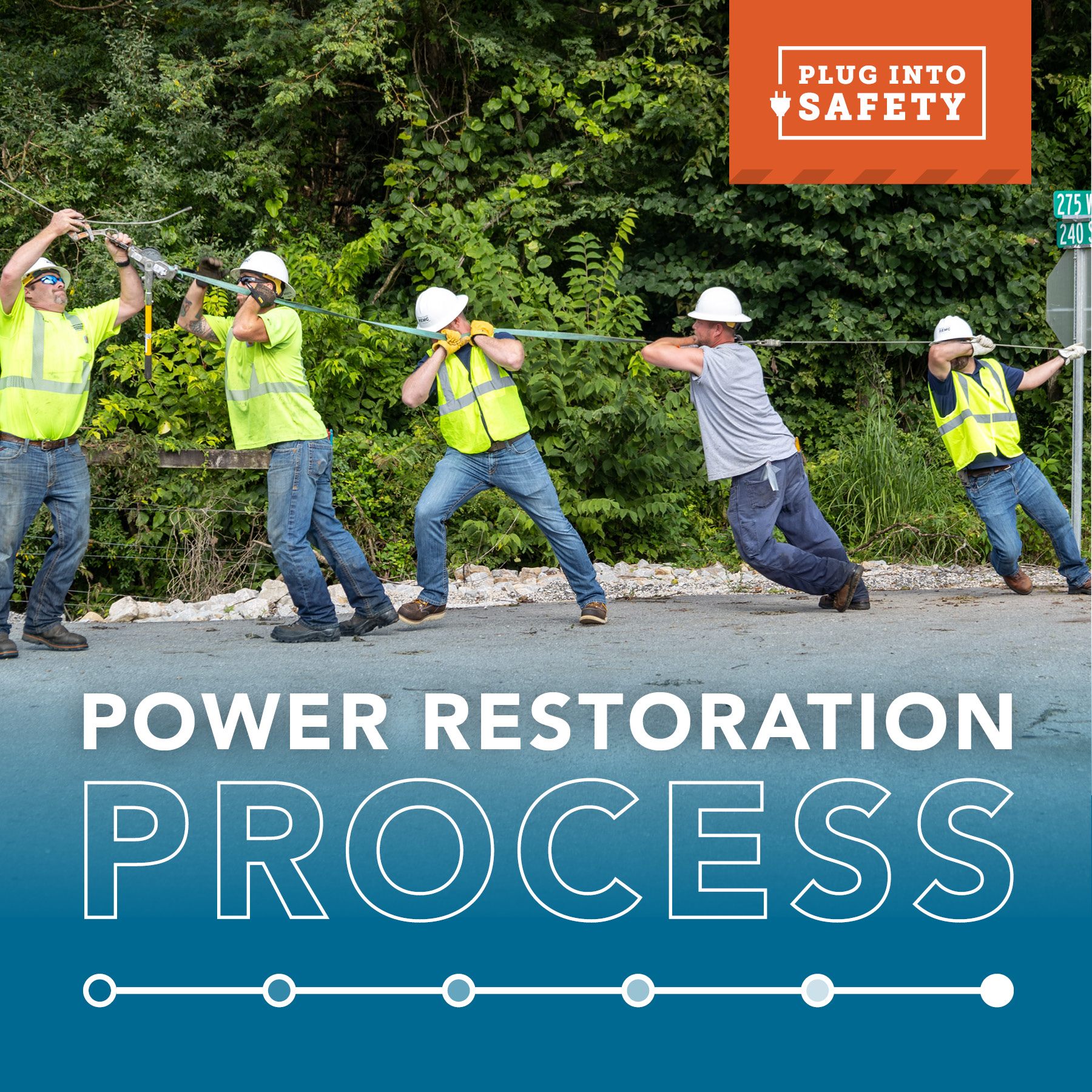
An electric generator can be a great resource for homeowners, especially if the storm and damage is severe and the outage is prolonged. But small portable generators pose risks homeowners need to guard against: carbon monoxide poisoning, electrocution or electric shock, and fire.
Risk #1: Carbon Monoxide Poisoning
Small generators use a combustion engine that usually burns gasoline or other liquid fuels. Like any gas-powered machine, these small engines produce carbon monoxide. To prevent carbon monoxide (CO) poisoning, keep generators outdoors, away from doors, windows and vents. Position your generator’s exhaust away from your home and locate the generator downwind, if possible.
Risk #2: Electrocution or Electric Shock
To avoid the risk of electrocution, do not use a generator in rainy or wet conditions. It’s also important to not handle the generator with wet hands to avoid electric shock.
Before plugging appliances or electronics into your generator, make sure your generator is sized appropriately for the total electric load you want it to run. Make sure the cords all fit appropriately and are undamaged.
To keep utility workers, neighbors and those in your household from electrocution dangers, never plug your generator directly into your home’s wiring. “Backfeeding” sends power from the generator throughout your house in reverse and can even feed onto your electric utility’s power lines. Workers attempting to restore power might unexpectedly encounter this high voltage, which could cause fatal shock. To prevent a “backfeed,” have a professional install a transfer switch if you want your generator to run your home’s electrical system during an outage.
Risk #3: Burns and Fire
When using a generator, store extra fuel in an American National Standards Institute-approved container in a cool, well-ventilated place away from fuel-burning appliances.
Before refueling your generator, turn it off and let it cool. Gasoline spilled on hot engine parts could ignite.
Keeping these three risks in mind when installing or using your home’s generator will aid in your safety, your home and others.
Source: ESFI, Safe Electricity, Red Cross
Preventing Carbon Monoxide Poisoning
- Never use a generator, grill, camp stove or other gasoline, propane, natural gas or charcoal-burning device inside a home, garage, basement, crawlspace or any partially enclosed area.
- Keep generators outdoors, away from doors, windows and vents that could allow carbon monoxide to come indoors.
- Opening doors and windows or using fans will not prevent CO buildup in the home. Although CO can’t be seen or smelled, it can rapidly lead to full incapacitation and death. Even if you cannot smell exhaust fumes, you may still be exposed to CO. If you start to feel sick, dizzy or weak while using a generator, get to fresh air RIGHT AWAY. DO NOT DELAY.
- Install CO detectors in central locations on every level of your home and outside sleeping areas to provide early warning of accumulating carbon monoxide. Test the batteries frequently and replace when needed.
- If the carbon monoxide alarm sounds, move quickly to a fresh air location outdoors or by an open window or door.
Source: Red Cross
Generator Dos and Don’ts
DO operate a generator outdoors in an area with plenty of ventilation.
DO install CO alarms inside the home to provide an early warning of carbon monoxide.
DO NOT plug a generator into the wall without installing a transfer switch to prevent backfeed.
DO turn the generator on before plugging in appliances.
DO NOT touch the generator with wet hands to avoid electrocution.
DO turn off the generator before refueling with gasoline to allow it to cool down.
DO NOT overload the generator.
DO use a heavy-duty, outdoor-rated extension cord rated at least equal to the sum of the connected appliances.
DO NOT use a generator as a permanent solution.
DO consult the owner’s manual for your generator for specific safety instructions.
Source: ESFI, redcross.org





